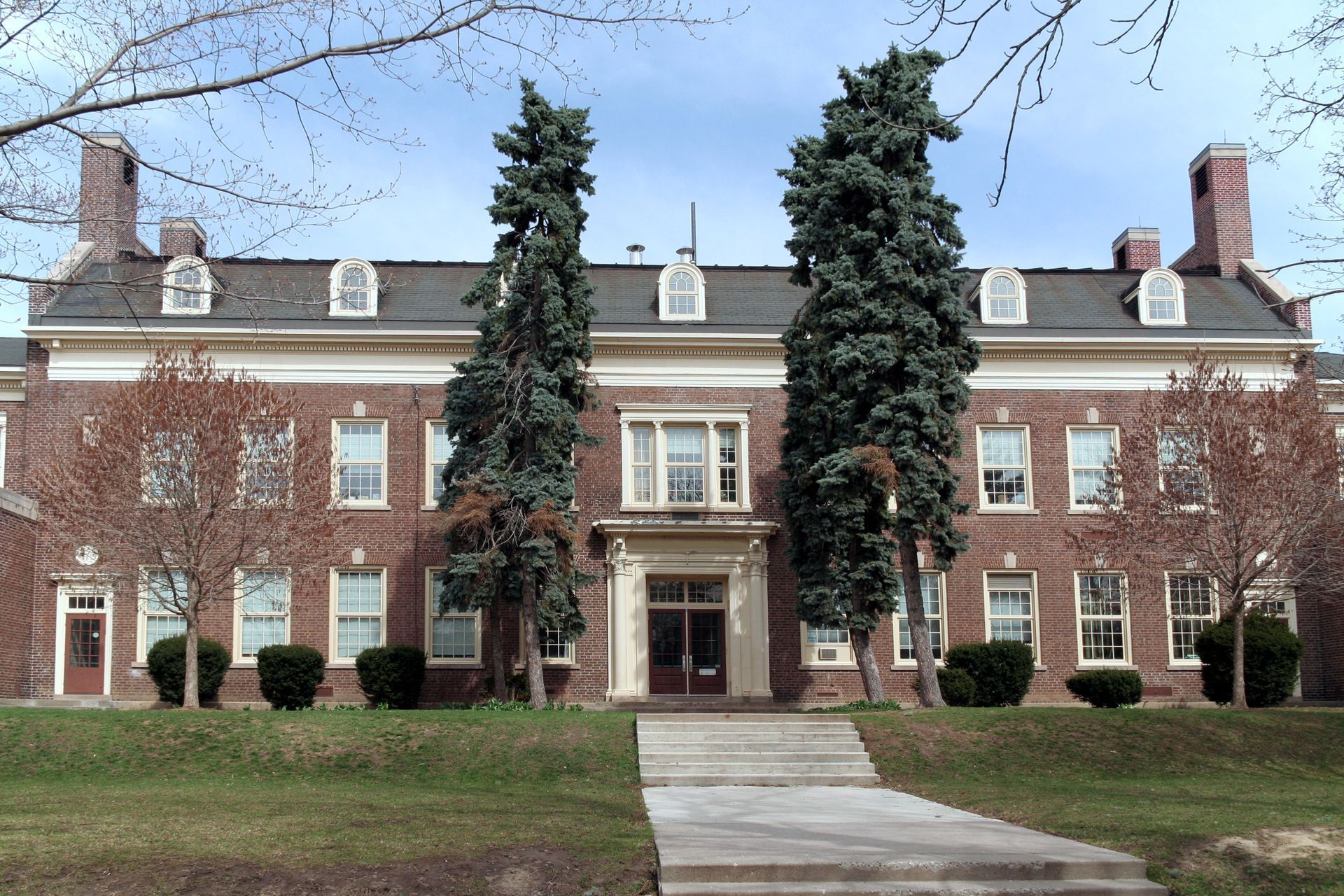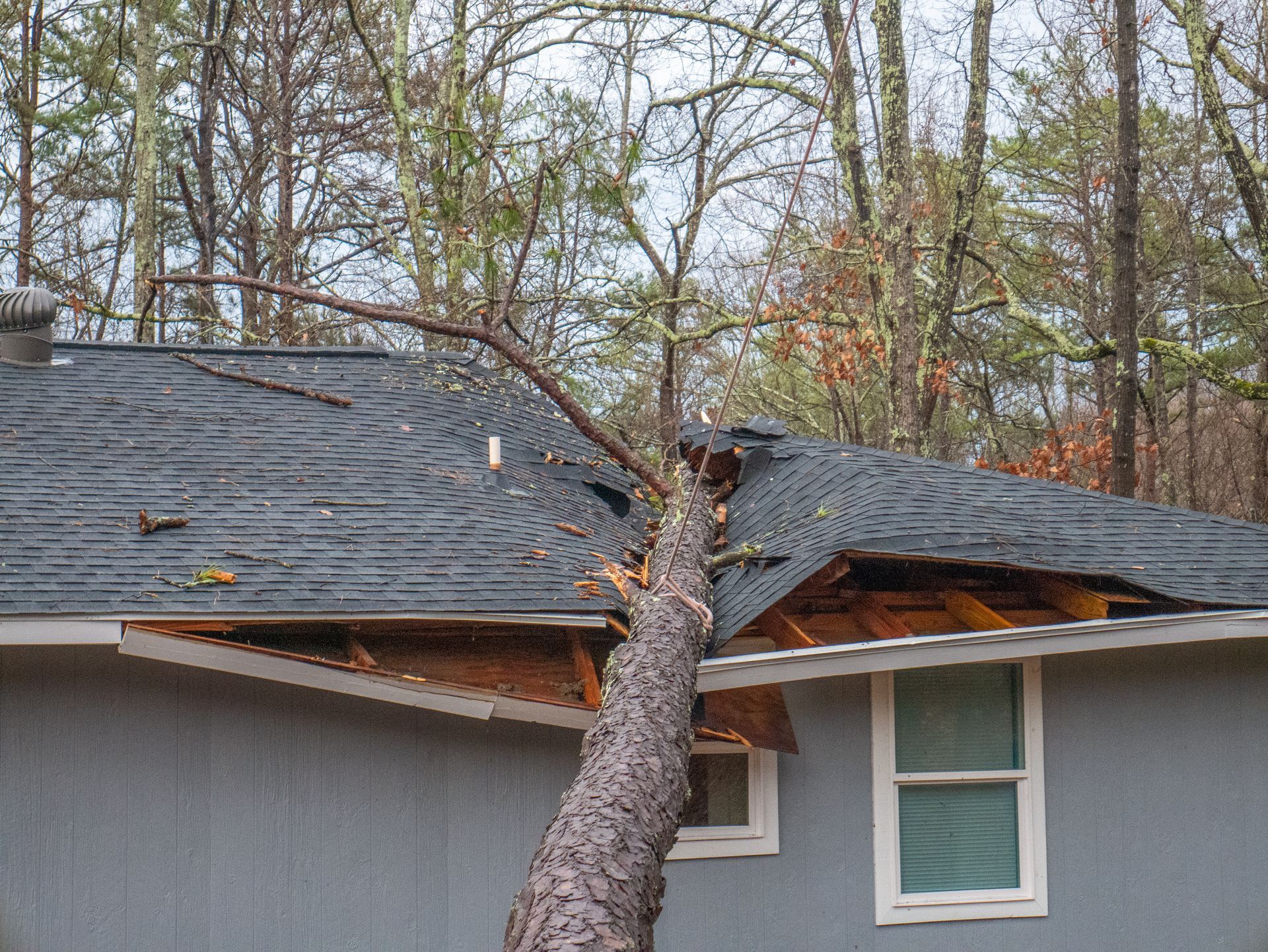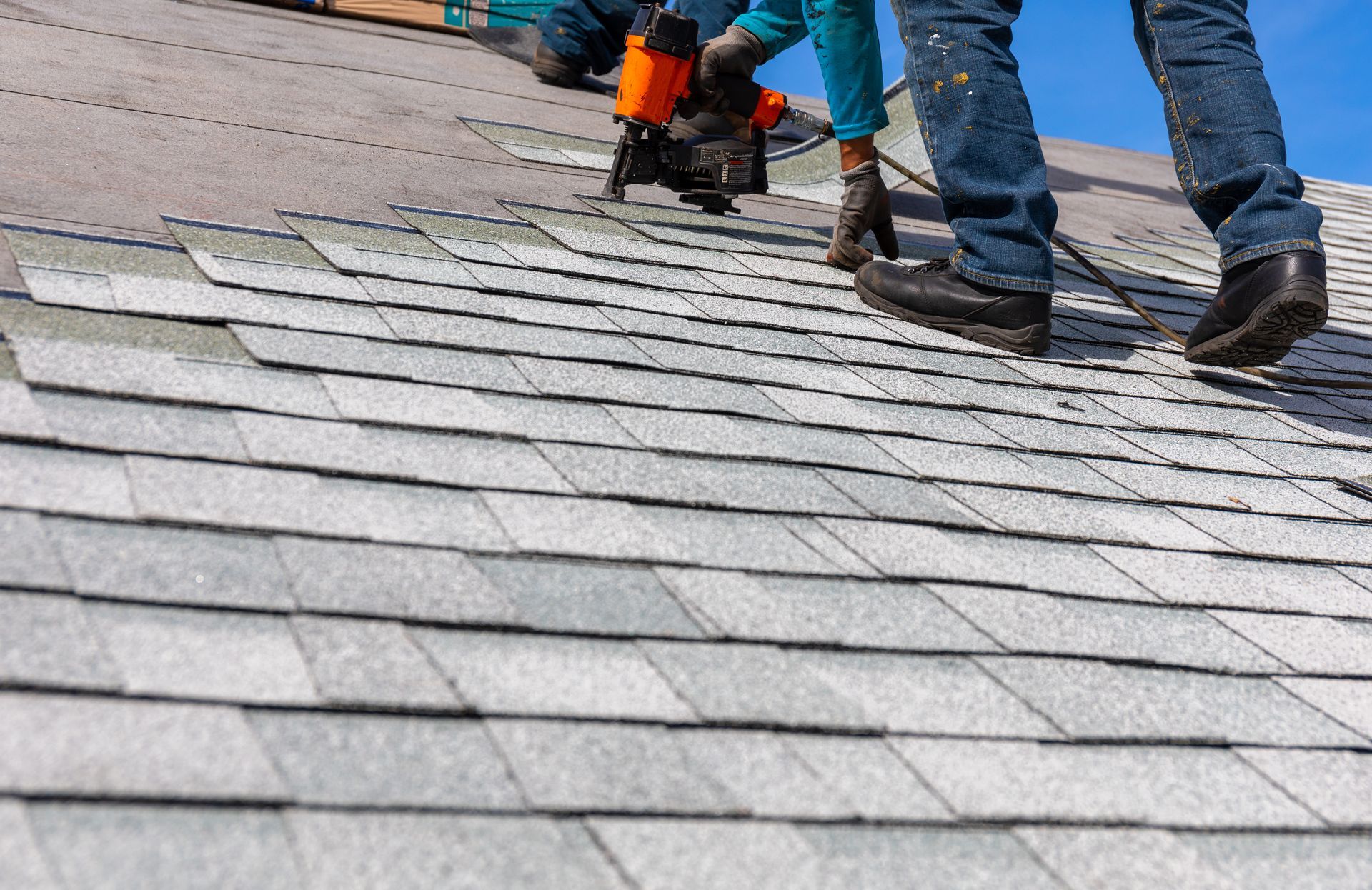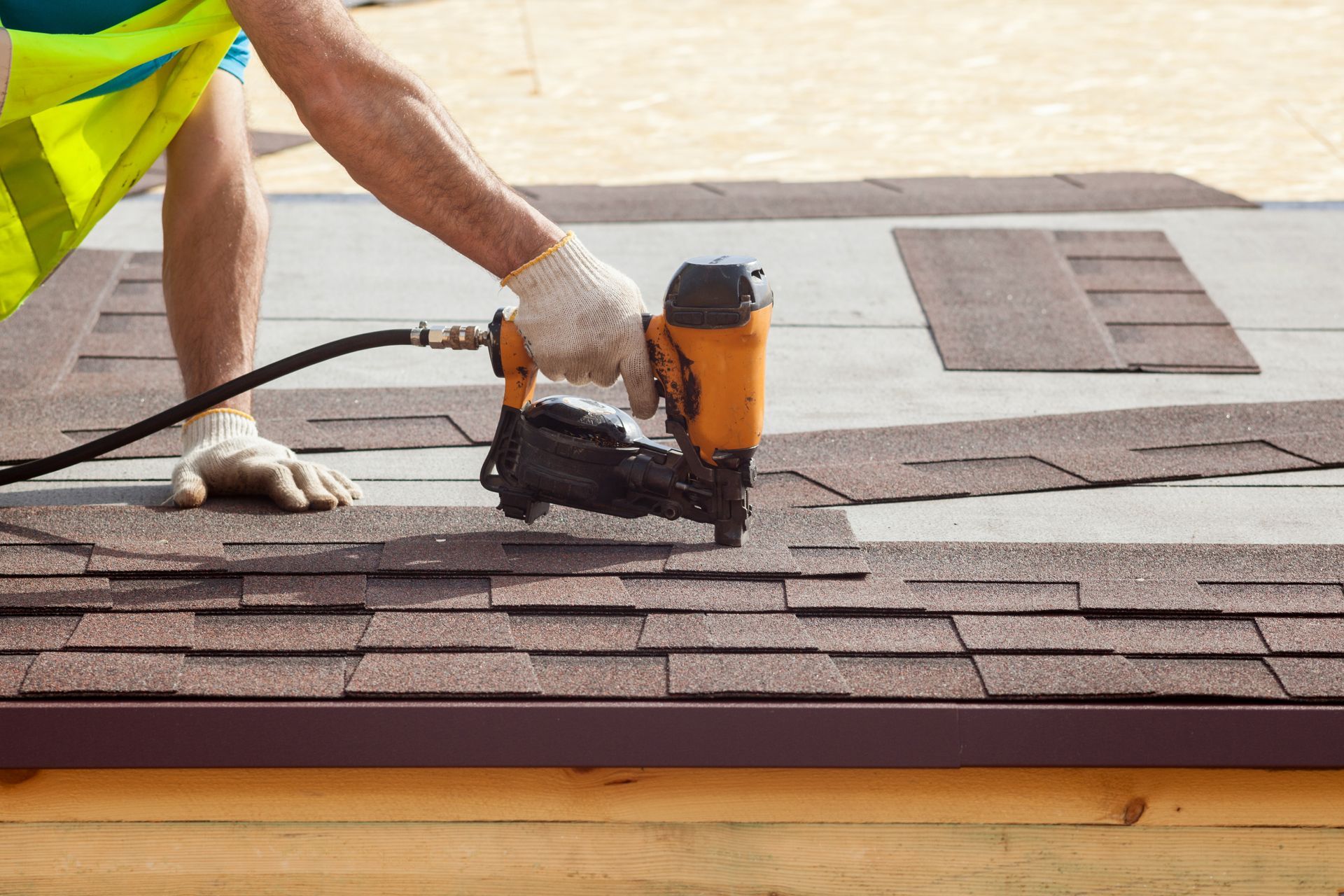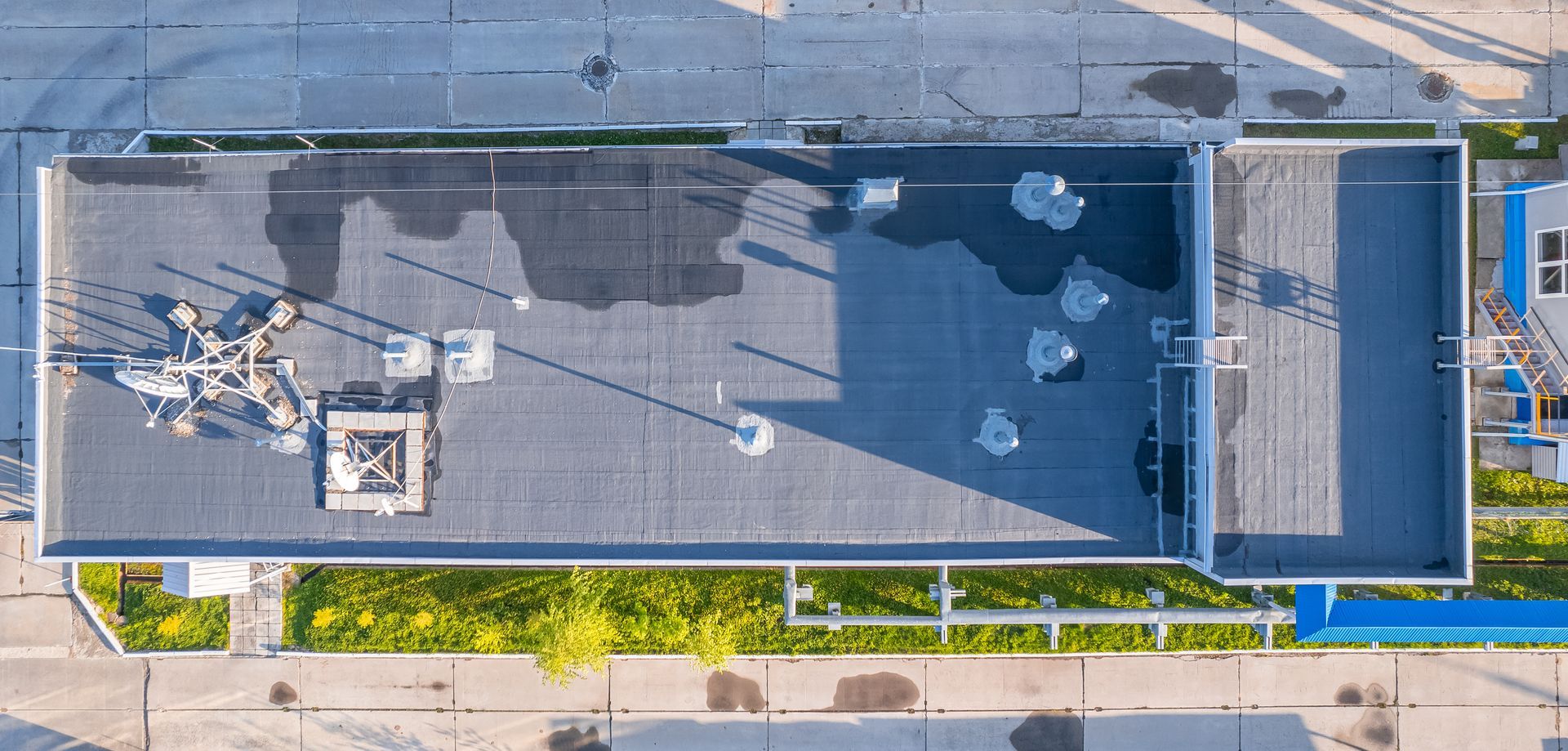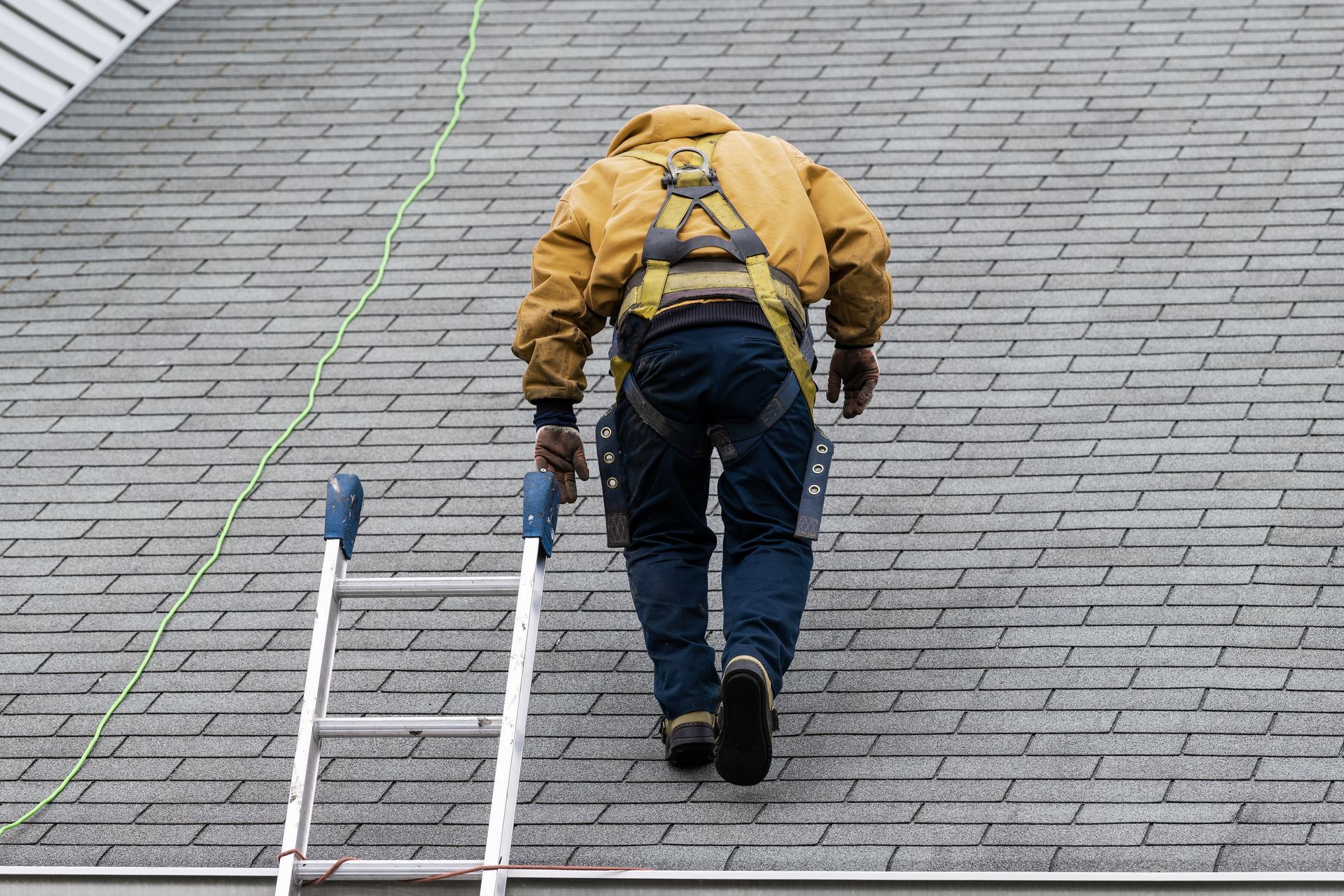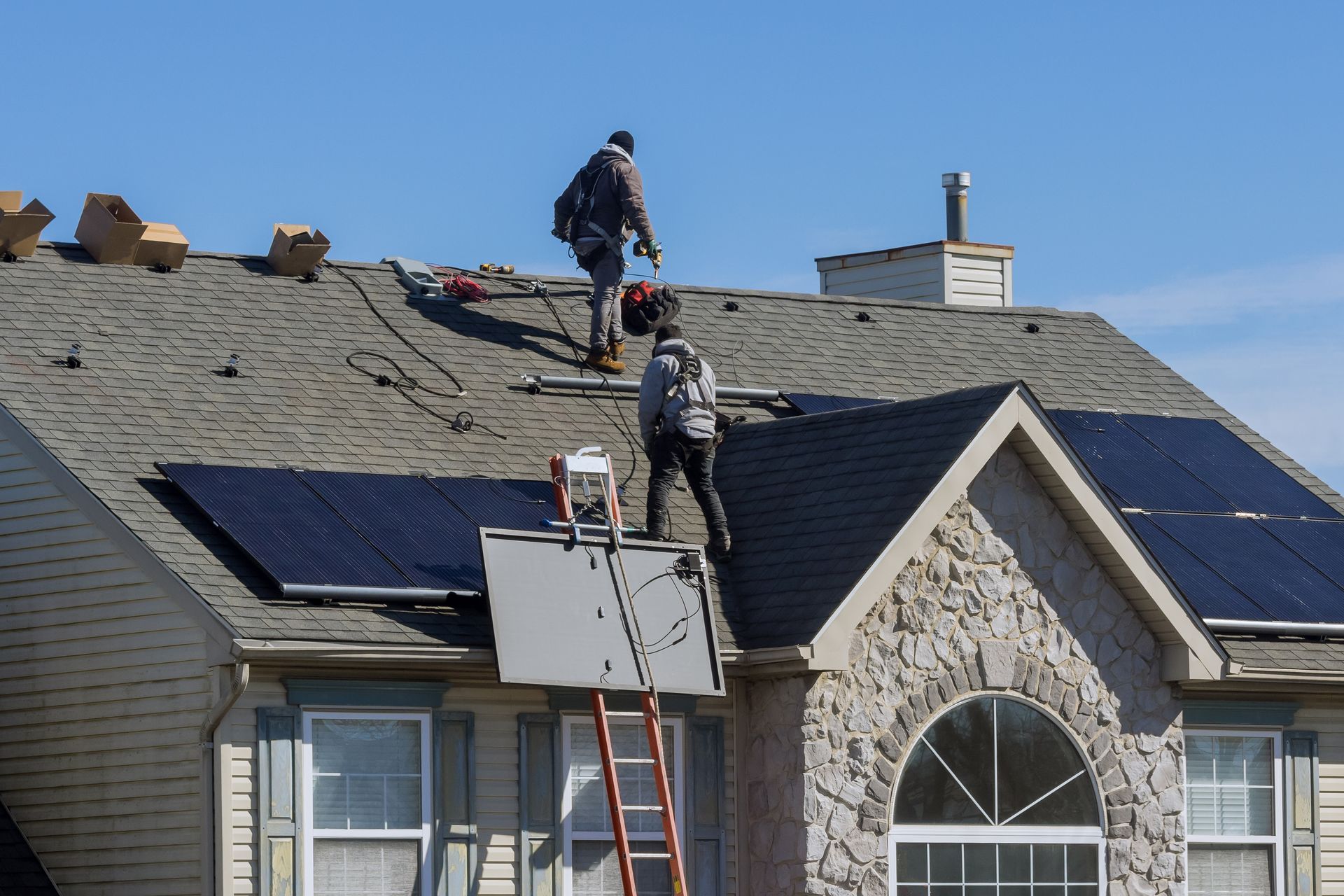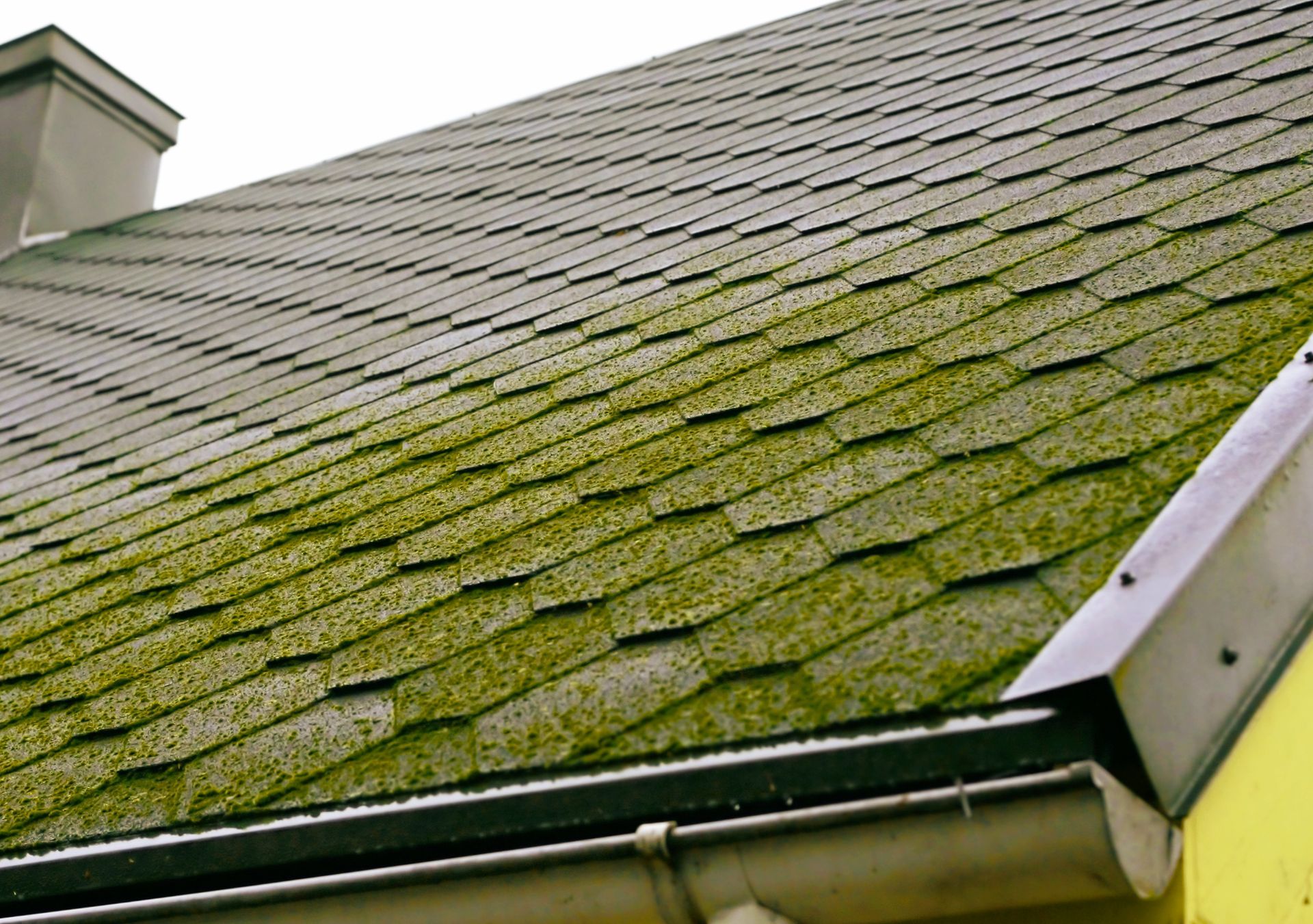What Moss on Your Roof Means and Why You Shouldn’t Ignore It
Moss on your roof might seem like just a cosmetic issue, but it often signals deeper problems that could threaten your roof's integrity. So, what does moss on a roof mean? It means moisture is likely lingering, shingles may be compromised, or ventilation could be inadequate—all of which can lead to costly repairs if ignored.
For homeowners in Western MA, where weather conditions often create the perfect environment for moss growth, understanding what moss indicates and how to address it is crucial. In this article, we’ll explore the common causes of moss on a roof, how to safely remove it, and why ignoring it could lead to bigger problems down the road.
What is Moss and How Does it Grow on Roofs?
Moss is a small, non-vascular plant that thrives in damp, shaded environments. Unlike other plants, moss doesn’t rely on soil to grow—it absorbs water and nutrients directly through its leaves, making it an opportunistic invader on surfaces like your roof. Once moss takes hold, it can spread quickly, creating a thick, green layer that’s more than just unsightly; it can lead to significant roofing issues over time.
Why Does Moss Grow on Roofs?
If you notice moss growing on your roof, it's often the result of several contributing factors working together. Understanding these can help you address the issue more effectively:
- Moisture Retention: Roofs that retain water due to clogged gutters or poor drainage are a prime target for moss growth.
- Shade from Trees or Overhangs: Limited sunlight in areas covered by trees or structures allows moss to flourish.
- Old or Damaged Shingles: Worn shingles can trap moisture and provide a porous surface for moss to anchor itself.
- Cool, Humid Climates: In Western Massachusetts, many properties are shaded by tall trees, creating an environment where damp weather and cool temperatures encourage moss growth.
- Debris Build-Up: Leaves, twigs, and other organic matter on the roof can trap moisture, making it easier for moss to grow.
The Impact of Moss on Your Roof
While most moss growth might seem harmless, many homeowners tend to overlook it, thinking it's just a natural part of their roof's aging process. However, ignoring moss can lead to significant damage over time. Moss retains moisture, which can deteriorate roofing materials, leading to leaks and structural issues. Despite its seemingly benign appearance, it's crucial to address moss growth promptly to protect your roof's longevity and integrity.
Physical Damage to Shingles
Moss traps moisture against the surface of your roof. Over time, this moisture causes shingles to become soft, crack, or even lift. Loosened shingles create entry points for water, which can lead to leaks and significant water damage to your home.
Increased Risk of Leaks
As moss grows, it can lift shingles or tiles, creating gaps where water can seep through. During rain or snowmelt, this trapped water can penetrate your roof’s layers, leading to leaks, wood rot, and even mold growth inside your home.
Increased Roof Weight
A thick layer of moss adds significant weight to your roof, especially when it becomes saturated with water. This extra load can strain the roof’s structure, particularly in areas prone to heavy snow, like Western MA, compounding the risk of collapse or sagging.
Blocked Drainage
Moss growth often leads to clogged gutters and downspouts, preventing proper water drainage. This can cause water to pool on your roof, further increasing the likelihood of leaks, ice dams, and other water-related issues.
Reduced Curb Appeal
Aside from the structural damage, moss makes your roof look unkempt and aged, which can decrease your home’s overall value. For homeowners looking to sell, moss can be a red flag for potential buyers.
Can You Clean Moss Off Your Roof, and Should You Do It Yourself?
Yes, you can clean moss off your roof, but DIY removal comes with risks to both your safety and your roof’s condition. Using a soft-bristle brush or eco-friendly moss remover can work, but harsh methods like pressure washing should be avoided as they can damage shingles. Working on a roof is also dangerous, requiring proper safety equipment and precautions.
Hiring a professional is often the better choice. Roofing experts can safely and thoroughly remove moss, apply preventative treatments, and identify underlying issues like damaged shingles or poor drainage. While DIY cleaning is an option, the risks often make professional removal the smarter investment in your roof’s long-term health. Next, we’ll explore the potential consequences of leaving moss untreated.
How Do I Know If I Can Remove Moss or If I Need a New Roof?
Deciding whether to remove moss or replace your roof depends on the roof’s overall condition and the extent of moss growth. While moss alone doesn’t always mean you need a new roof, it can be a sign of underlying issues that require closer inspection.
If moss is limited to small patches and your shingles are otherwise intact, professional moss removal and preventative maintenance should suffice. In this case, a roofing expert can clean the moss safely, treat the roof to prevent regrowth, and inspect for hidden damage.
However, if moss has spread extensively, lifted shingles, or caused visible deterioration, a roof replacement may be necessary. Moss can trap moisture, leading to rot, leaks, and structural damage over time. If your roof is already nearing the end of its lifespan or shows widespread issues like curling shingles, persistent leaks, or sagging areas, replacing the roof might be the most cost-effective solution.
To determine the best course of action, schedule an inspection with a trusted roofing contractor. They’ll assess the damage, provide professional recommendations, and ensure your roof is ready to protect your home for years to come.
Protect Your Roof, Protect Your Home
Moss on your roof may seem like a small issue, but its impact can be far-reaching—causing damage, reducing energy efficiency, and affecting the overall value of your home. Whether removing moss yourself, hiring professionals, or preventing it altogether, the key is to act quickly. Don't wait for moss to compromise your roof's health. Contact a roofing professional once you notice sign of moss growth, and take proactive steps to keep your roof in top shape for years to come.
Are you looking for expert roofing services? Need a professional to help with roof moss issues? Look no further than Roberts Roofs! Our team of skilled professionals is ready to assist you with all your roofing needs. Contact us today for a free consultation and let us ensure the protection and longevity of your home. Don't wait until it's too late – take the proactive step to safeguard your roof with Roberts Roofs. Call us today at (413) 283-4395 or request a quote online.
Want to learn more about roofing warning signs? Check out our online resource, Failing Roof warning signs.
